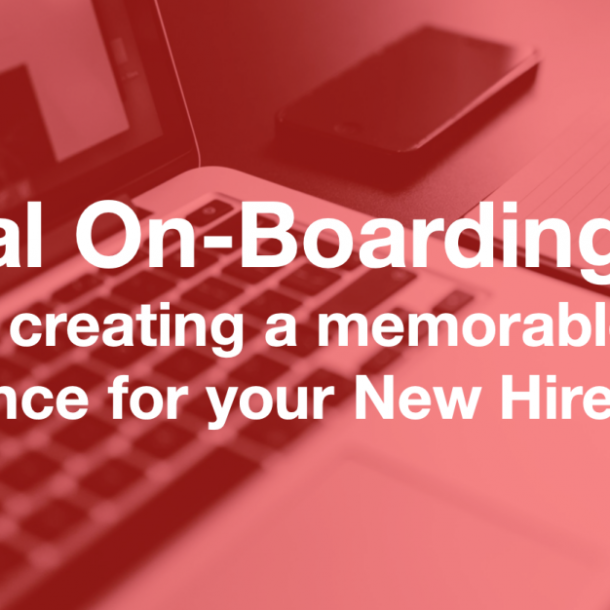
Some sort of communication plan is a part of every L&D intervention, however they typically serve the very basic purpose of informing. Very rarely are L&D professionals groomed into the skill of creating communication plans to influence.
Let’s look beyond the obvious aspects of an L&D communication plan and consider factors which typically get ignored:
– Human decision making is not rational: In planning discussions, I have heard countless L&D professionals offer the very sensible rationale that the learner should learn ‘this’ because its important for the learner. People don’t learn because they should, they learn because they want to. How do you make people desire a skill?
– We see what we want to see: I love puppy videos and lately seem to be enjoying kitten videos too. Our ecosystem is crowded with cognitive and emotional temptation, how do you power a message through this clutter?
– I love experts however I trust my friends and peers: Say what you want, if your communication does not figure in my favored information stream, you will have to work a lot harder for me to pay attention. How do you generate attention and credibility for your messages?
So what are some actions that will help you in designing a more effective communication plan for your skills solution:
– Sell the intervention to generate demand : Do you have a fantastic trainer? Have lots of learners said great stuff about the course? Does it use a very interesting tool or inventory? If you can’t find anything to sell, then it might be time to take another look at the design. Important watch-out, a bad learning intervention which is sold well is like a bad movie with a fantastic trailer, you make a killing on opening day and then its all downhill. The weight of crushed expectations can be deadly.
– Design your material for the right medium: Puppy videos are tough to beat but you can give it a shot. Look at the great advertising campaigns; the ones which stand out for me have been shocking, tap into primal emotions, are aesthetically striking, have catch phrases, typically combinations of all these and more. Be inspired by them, speak with people in your branding and marketing team, they will offer your perspective. Design different versions for different mediums. Visuals, videos and text feel very different on mobiles and laptop screens.
Remember videos are easier to watch and its easier to read banners than articles.
– Understand the information-flow of your learner’s world: Spend some time understanding the information-flow in the organizational ecosystem. How do learners gather information? How do they make learning decisions? Yes, you will have to gather information about your learners beyond skills.
An area which I do not think gets enough respect from L&D professionals is tapping the influencers. You need to start by identifying the influencers. Are your intervention sponsors influential? Are they influential for the target group? Assuming influence where none exists can be devastating for your plan. Who sends out the sponsor mail? Who sends out the follow up mail? Who sends out the learning byte? Who is going to be in the one minute video? All of these and many more decisions depend upon your influencer mapping. Learn to do it well.
Invest in understanding the information flow in your ecosystem, it will add to the effectiveness of all your interventions.
A final point; someone much wiser than me once told me, “have fun with your communication campaign, if you are not going to enjoy looking at it, then be assured that neither would anyone else”. Embrace communication design as a skill, it makes a difference.
*Views expressed are personal.
Guest Author : Rohin Nadir
Head – Capability Development – KPMG India
https://www.linkedin.com/in/rohin-nadir-9030197/
Subscribe To Our Newsletter
Be part of our community and receive updates, best offers and freebies directly in your inbox.
Contoole
With over 15 years of experience and having catered to the learning needs of over 400+; we are committed to giving more Power to the Learners…
© 2022 Contoole.com. All Rights Reserved.

